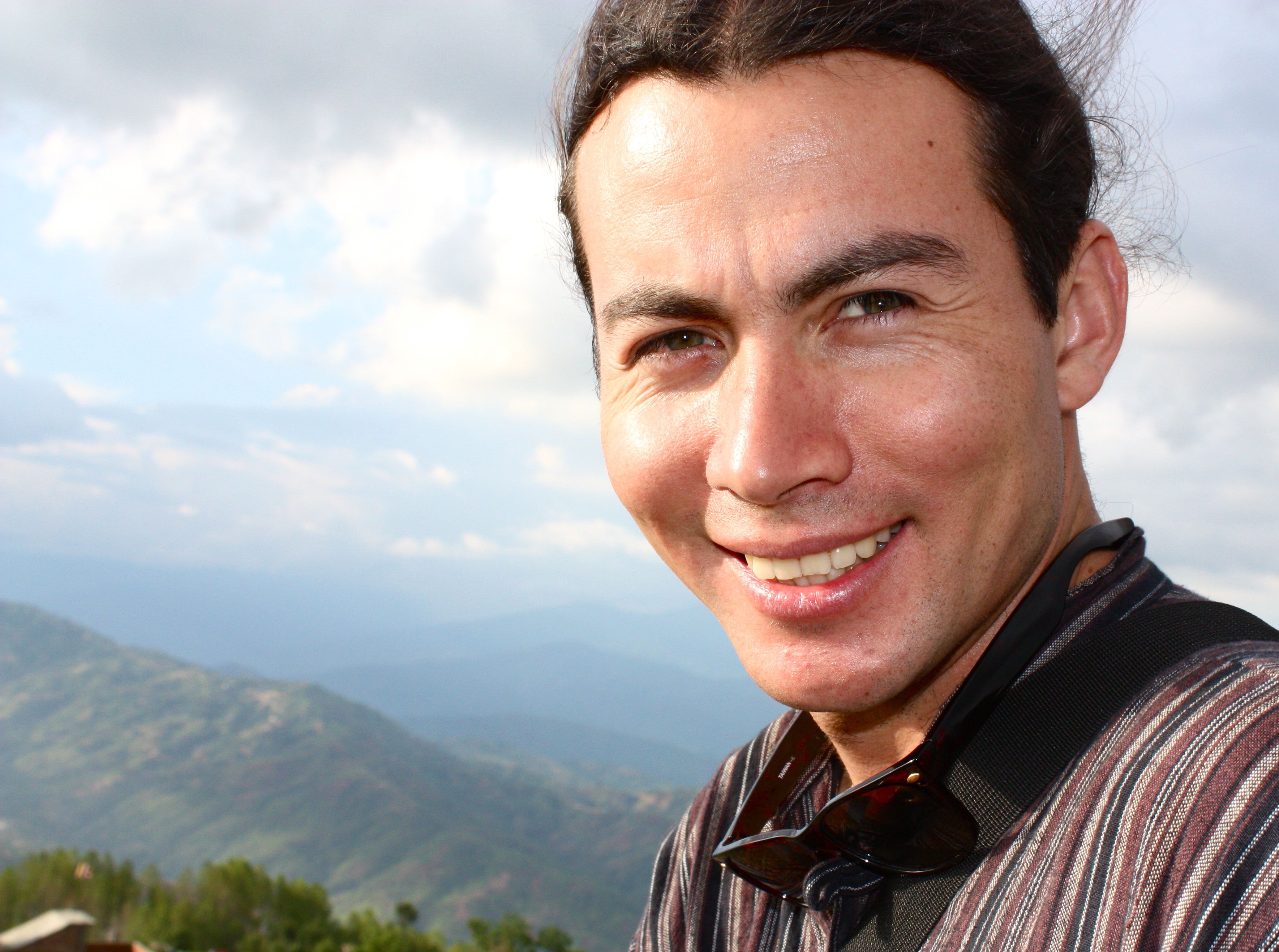
A total of 140 interviews were carried out with a great enthusiasm from the participants of the four communities in Alberta in Saskatchewan. The fieldwork included two sets of interviews. The Community Vulnerability Assessment (CVA) has the objective of developing a systematic understanding of the present and past vulnerabilities of rural actors to extreme climate events. On the other hand, the government assessment is an exploration of the entire network of actors, institutions, relationships, organizations, and entities involved in managing the resources of water and responding to climate variability, hazards and extreme events.
I personally was involved in the both sets of interviews with a large and friendly response from the participants for both the CVA and the government assessments. I had the opportunity to listen interesting experiences from a large range of different people, including small and large producers, business people, local government agencies and residents in general. Mainly, interviews had a duration of an hour. However, in some cases, interviews lasted three and even four hours showing a great engagement of the participant in sharing experiences and stories related to extreme climate events such as flooding and drought. These long interviews were also followed by short tours in the fields, concluding the interviews with a final explanation in the actual location of the occurrence of the events.
I had the opportunity to closely learn about climate extreme events that affect farming and ranching activities, and rural life in general. It was very valuable spending time with participants in the field, their homes, work places and coffee shops to strength the systematic understanding of present and past vulnerabilities in rural areas. Some of my own experiences included a great understanding about local knowledge, which has been evolving over several decades. For instance, in Taber, I had the opportunity to closely learn about the technical implications of irrigation systems and how they have evolved over time to constantly improve to use water more efficiently. In Pincher Creek, I witnessed the strong connection the residents have with the local challenges and opportunities, always looking for the better of the overall community. In Shaunavon, it was great to hear about the strong cooperation that exists among the residents to deal with extreme climate events. Our fieldwork in Shaunavon was extended to the point to experience a large storm with several tornado warnings. In Rush Lake, it was great to be welcomed with a warm hospitality and the openness to share experiences about their adaptation to ongoing changes and learn also about the strong cooperation that exists in the community.
Overall, it was a very positive fieldwork with an extensive amount of information collected. The cooperation of the four communities was very valuable to accomplish this step and it will certainly be valuable for the next steps of the VACEA project and for its completion. On behalf of the research team, I would like to thank to all the participants involved. Thank you for your vivid warmth and great welcoming attitude toward the research team. We look forward to keep working with you.
